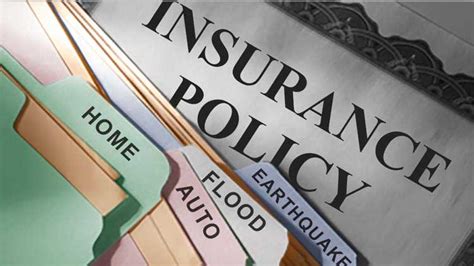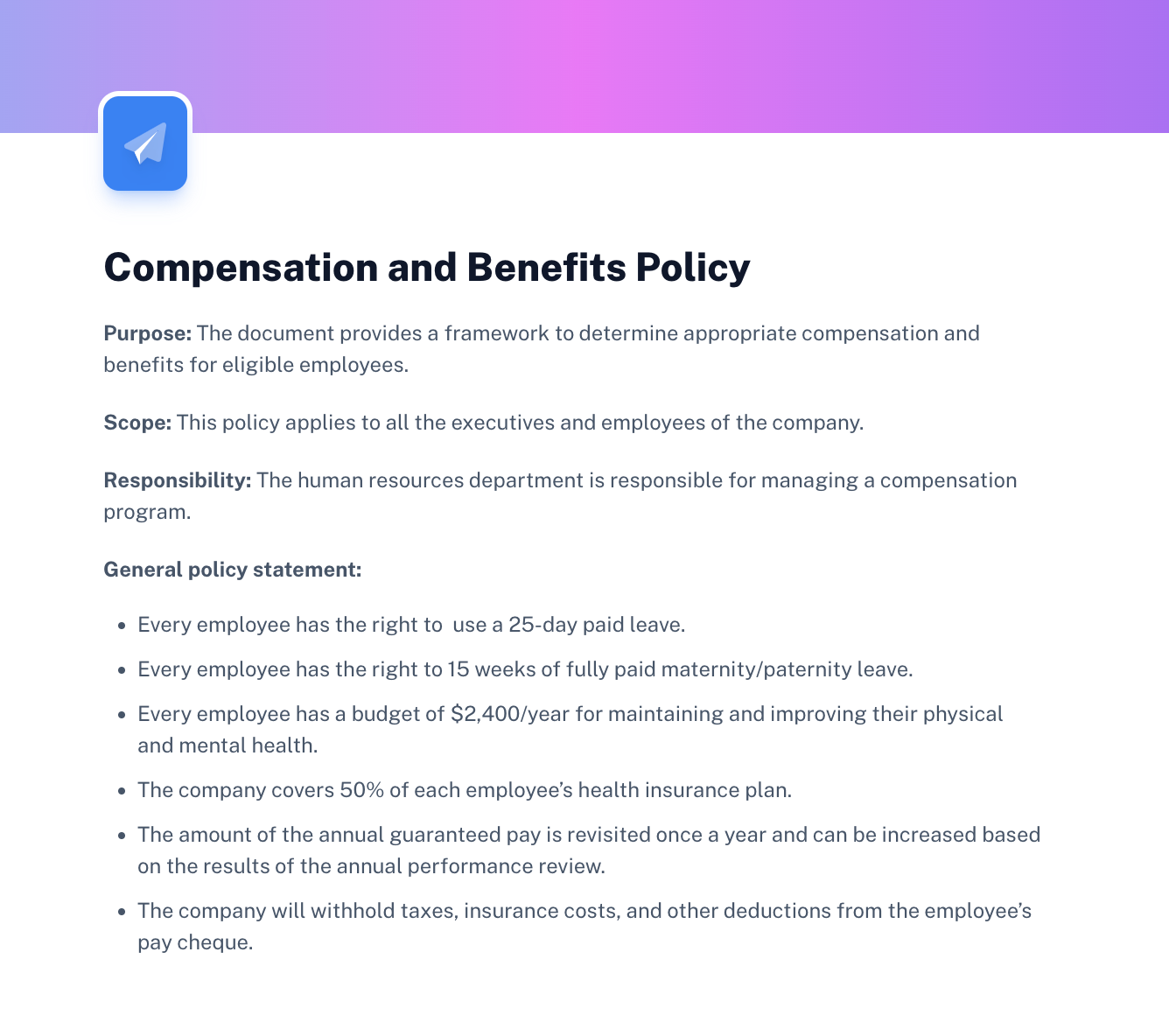Property Casualty Insurance

In the ever-evolving landscape of financial protection and risk management, Property Casualty Insurance (PCI) stands as a cornerstone, safeguarding individuals, businesses, and communities against unforeseen calamities and liabilities. This comprehensive form of insurance, with its roots deeply embedded in the history of commerce and societal development, has evolved to become an indispensable tool in modern life, offering a safety net against the unpredictable. From natural disasters to everyday accidents, PCI policies provide a critical layer of protection, ensuring that people can rebuild, businesses can recover, and communities can rebound.
The Evolution and Scope of Property Casualty Insurance

The concept of PCI can be traced back to ancient civilizations, where early forms of risk-sharing agreements were established to protect against losses from events like fire, theft, or natural disasters. Over centuries, these rudimentary practices evolved into the sophisticated insurance systems we recognize today. In the modern context, Property Casualty Insurance has expanded its scope significantly, offering coverage for a vast array of potential risks.
Broad Coverage
PCI policies typically encompass a wide range of perils, including fire, lightning, windstorms, hail, explosion, riot, civil commotion, vandalism, malicious mischief, theft, and water damage, among others. Additionally, they often include liability coverage, protecting policyholders against claims arising from bodily injury or property damage caused by the policyholder or their employees.
Tailored Solutions
The beauty of PCI lies in its adaptability. Insurance providers offer tailored solutions to meet the unique needs of different industries and individuals. For businesses, this can mean coverage for commercial property, business interruption, and general liability. For individuals, PCI policies might include homeowners’ or renters’ insurance, covering personal property and liability.
The Role of Technology
The insurance industry has embraced technological advancements, leveraging data analytics and digital tools to enhance the efficiency and accuracy of PCI. From risk assessment to claims processing, technology plays a pivotal role in modernizing the insurance landscape. Insurtech, a term coined for the intersection of insurance and technology, has revolutionized the way policies are underwritten, distributed, and serviced, making insurance more accessible and responsive to evolving risks.
| Insurance Type | Coverage Highlights |
|---|---|
| Homeowners' Insurance | Protects against damage to the home and its contents, as well as personal liability. |
| Renters' Insurance | Covers personal property and liability for renters, providing protection for belongings in rented spaces. |
| Commercial Property Insurance | Offers coverage for businesses, protecting against property damage and liability claims. |
| General Liability Insurance | A crucial policy for businesses, providing coverage for bodily injury, property damage, and personal and advertising injury claims. |

Key Considerations in Property Casualty Insurance

While the benefits of PCI are extensive, navigating the complexities of these policies requires a nuanced understanding. From the initial selection of coverage to the intricate process of claims management, several critical factors come into play.
Understanding Coverage Limits
Insurance policies are subject to coverage limits, which define the maximum amount an insurer will pay for a covered loss. It’s crucial for policyholders to understand these limits and ensure they align with their potential risks. Inadequate coverage limits can leave policyholders vulnerable to significant out-of-pocket expenses in the event of a major loss.
The Importance of Deductibles
Deductibles represent the portion of a loss that the policyholder agrees to pay before the insurance coverage kicks in. Higher deductibles often result in lower premiums, making it an important consideration when selecting a policy. However, it’s essential to choose a deductible that aligns with one’s financial capabilities, ensuring they can afford the out-of-pocket expense if a loss occurs.
Claims Management and Response
The effectiveness of a PCI policy is often measured by the insurer’s claims management process. Timely and efficient claims handling can make a significant difference, especially during times of crisis. Policyholders should carefully review their insurer’s claims response procedures, ensuring they are satisfied with the level of service and support provided.
Risk Mitigation and Prevention
PCI policies are designed to manage risks, but prevention is always better than cure. Insurance providers often offer resources and guidance to help policyholders mitigate risks and prevent losses. This can include safety guidelines, disaster preparedness plans, and even discounts for implementing risk-reducing measures.
The Future of Property Casualty Insurance
As we look ahead, the future of PCI is poised for significant transformation, driven by technological advancements, changing risk landscapes, and evolving consumer expectations. The industry is adapting to address new challenges and capitalize on emerging opportunities.
Technological Disruption
The rapid advancement of technology, particularly in data analytics and artificial intelligence, is revolutionizing the insurance industry. Insurers are leveraging these tools to enhance risk assessment, streamline underwriting processes, and personalize insurance offerings. From predictive modeling to automated claims processing, technology is shaping a more efficient and responsive insurance sector.
Emerging Risks and Coverage Innovations
The world is witnessing a surge in new and complex risks, from cyber threats and environmental hazards to social and political risks. The PCI industry is rising to the challenge, developing innovative coverage solutions to address these emerging perils. This includes specialized policies for cyber security, environmental liability, and political risk, among others.
Customer-Centric Approach
The insurance industry is increasingly focusing on delivering a more personalized and customer-centric experience. This shift is driven by changing consumer expectations, with policyholders seeking convenient, accessible, and transparent insurance services. Insurers are investing in digital platforms, offering self-service options, and providing more flexible and tailored coverage options to meet these evolving demands.
Collaborative Partnerships
Insurers are recognizing the value of collaborative partnerships, both within the industry and with external stakeholders. These partnerships can enhance risk management capabilities, improve claims handling, and foster innovation. For instance, insurers are collaborating with technology companies to develop advanced risk assessment tools, and with construction firms to improve building resilience against natural disasters.
What is the primary function of Property Casualty Insurance (PCI)?
+
PCI serves as a financial safety net, protecting policyholders against various forms of property damage, liability claims, and other specified risks. It provides the means to rebuild, recover, and rebound from unforeseen events, offering peace of mind and financial security.
How has PCI evolved to meet modern needs?
+
PCI has expanded its coverage to address a wider range of risks, including those associated with modern technologies and societal changes. It now offers specialized coverage for cyber threats, environmental liabilities, and political risks, ensuring that policyholders are protected against a diverse range of potential losses.
What role does technology play in PCI?
+
Technology is integral to modern PCI, enhancing risk assessment, underwriting, and claims management processes. Insurers use data analytics and AI to make insurance more accurate, efficient, and personalized. It also enables the development of innovative coverage solutions to address emerging risks.
How can policyholders ensure they have adequate coverage?
+
Policyholders should regularly review their coverage, ensuring it aligns with their current needs and potential risks. This includes understanding coverage limits, deductibles, and the scope of coverage. It’s also beneficial to consult with insurance professionals to tailor coverage to specific requirements.



